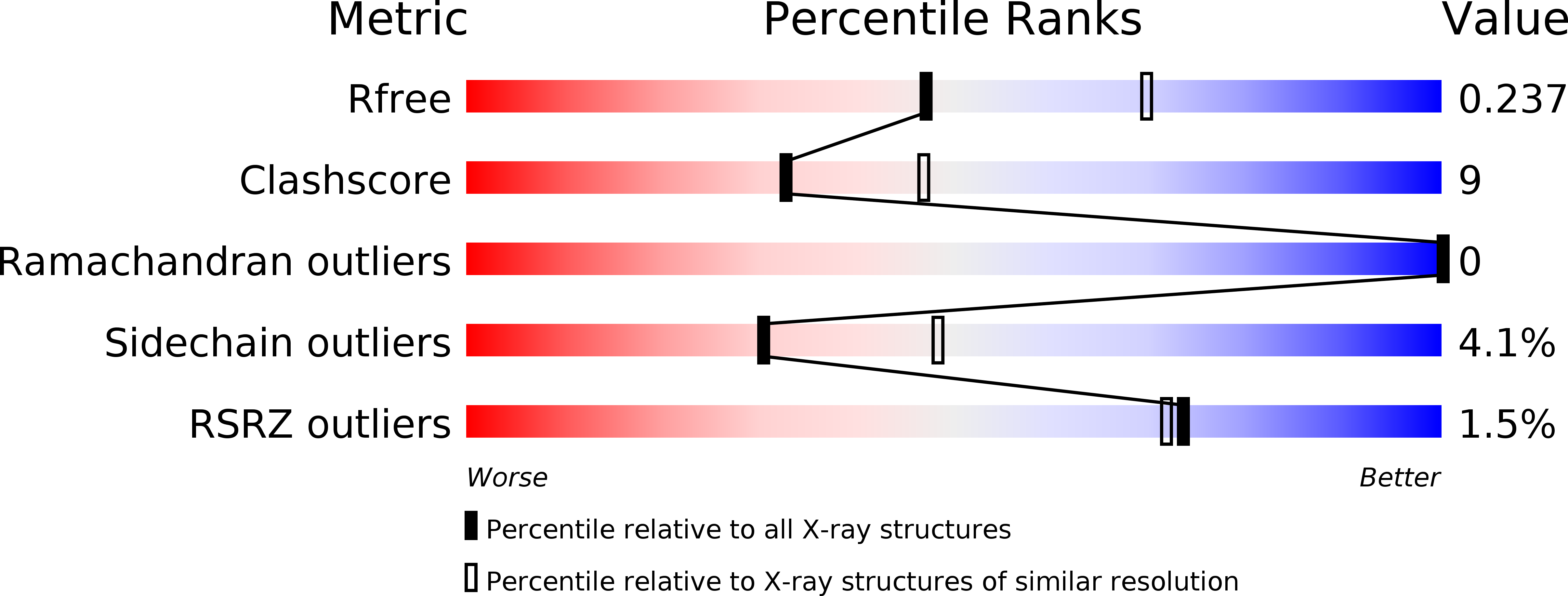
Deposition Date
1996-04-17
Release Date
1996-11-08
Last Version Date
2024-02-14
Entry Detail
PDB ID:
1RNL
Keywords:
Title:
THE NITRATE/NITRITE RESPONSE REGULATOR PROTEIN NARL FROM NARL
Biological Source:
Source Organism:
Escherichia coli str. K12 substr. (Taxon ID: 316407)
Host Organism:
Method Details:
Experimental Method:
Resolution:
2.40 Å
R-Value Free:
0.25
R-Value Work:
0.20
R-Value Observed:
0.20
Space Group:
I 2 2 2


